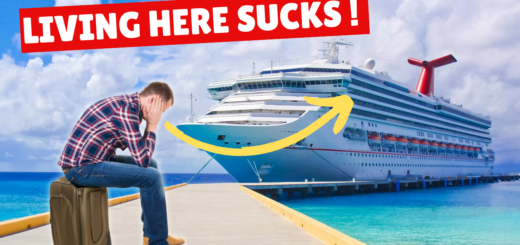New York: South Street Seaport
The South Street Seaport
Links:
The official South Street Seaport Website
South Street Seaport on Wikipedia
The South Street Seaport is a historic area in the New York City borough of Manhattan, located where Fulton Street meets the East River, and adjacent to theFinancial District. The Seaport is a designated historic district, distinct from the neighboring Financial District. It features some of the oldest architecture in downtown Manhattan, and includes the largest concentration of restored early 19th-century commercial buildings in the city. This includes renovated original mercantile buildings, renovated sailing ships, the former Fulton Fish Market, and modern tourist malls featuring food, shopping and nightlife, with a view of the Brooklyn Bridge. At the entrance to the Seaport is the Titanic Memorial lighthouse.
- Peking, a 1911, four-masted barque³
- Wavertree, an 1885, fully rigged cargo ship³
- Pioneer, an 1885 schooner¹ ³
- Lettie G. Howard, an 1893 schooner¹ ²
- Ambrose, a 1908 lightship²
- Helen McAllister, a 1900 tugboat
- W.O. Decker, a 1930 tugboat¹ ³
- Marion M., a 1932 chandlery lighter
- ¹ During favorable weather, these vessels take the public out into New York City’s waterways.
- ² These vessels have been designated National Historic Landmarks by the National Park Service.
- ³ These vessels have been listed on the National Register of Historic Places by the National Park Service.
The Seaport and Pier 17 have a rich and diverse history as profound to New York City as Wall Street, Central Park or Times Square. This cultural marketplace along the dynamic Lower Manhattan waterfront is a gateway to the harbor. The neighborhood offers attractions, shops and restaurants for every taste. Diverse year-round events are easily accessible by subway, car, ferry or bus. Concerts, street performers, boating, bike rentals, a farmers market, summer beach and winter celebrations abound.













